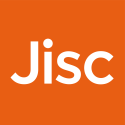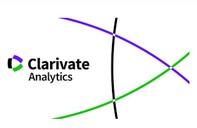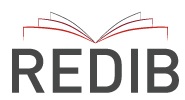Morningness-eveningness and anxiety trait among adolescents.
Abstract
The relationship between morningness-eveningness and anxiety trait among adolescents was studied. Six hundred thirty eight adolescents between 12 and 14 years old participated in this study. Morningness-eveningness was measured by the Morningness-Eveningness Scale for Children, MESC (Carskadon, Vieira & Acebo, 1993) and anxiety trait was measured by the State-Trait Anxiety Inventory for Children, STAIC (Spielberger, Edwards, Lushene, Montuori & Platzek, 1973; Spielberger, Edwards & Lushene, 1990). Results showed higher eveningness among girls, eveningness increased with age and anxiety trait was higher as morningness diminished. Therefore, evening-oriented adolescents claimed higher anxiety trait, which was waited since they would have a greater misalignment between both biological and social rhythms (school morning schedules).Downloads
The works published in this journal are subject to the following terms:
1. The Publications Service of the University of Murcia (the publisher) retains the property rights (copyright) of published works, and encourages and enables the reuse of the same under the license specified in paragraph 2.
© Servicio de Publicaciones, Universidad de Murcia, 2022
2. The works are published in the online edition of the journal under CC BY-SA 4.0 license, a Creative Commons Reconocimiento-CompartirIgual 4.0 (legal text). You are free to:
- Share: copy and redistribute the material in any medium or format for any purpose, even commercially.
- Adapt: remix, transform, and build upon the material for any purpose, even commercially.
The licensor cannot revoke these freedoms as long as you follow the license terms, under the following terms:
- Attribution: You must give appropriate credit , provide a link to the license, and indicate if changes were made . You may do so in any reasonable manner, but not in any way that suggests the licensor endorses you or your use.
- ShareAlike: If you remix, transform, or build upon the material, you must distribute your contributions under the same license as the original.
No additional restrictions: You may not apply legal terms or technological measures that legally restrict others from doing anything the license permits.
This work is licensed under a Creative Commons Attribution-ShareAlike 4.0 International License.
3. Conditions of self-archiving. Is allowed and encouraged the authors to disseminate electronically pre-print versions (version before being evaluated and sent to the journal) and / or post-print (version reviewed and accepted for publication) of their works before publication, as it encourages its earliest circulation and diffusion and thus a possible increase in its citation and scope between the academic community. RoMEO Color: Green.















